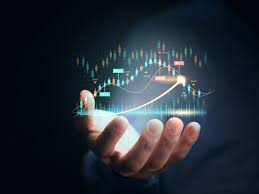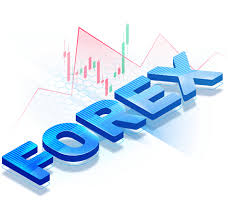The Future of Trading Automated Forex Trading Software 1857818844

In the rapidly evolving world of finance, automated forex trading software Trader Marocco stands out as a critical player. The development of automated forex trading software has revolutionized the way traders engage with the currency markets. This article delves into the mechanisms, advantages, and considerations of automated forex trading systems, helping both novice and experienced traders navigate this complex landscape.
What is Automated Forex Trading Software?
Automated forex trading software refers to computer programs that execute trades on behalf of traders based on predefined algorithms and strategies. These systems analyze market data, identify trading opportunities, and execute orders automatically, often faster than a human trader could. The primary goal is to eliminate emotional decision-making and enhance trading efficiency.
How Does Automated Trading Work?
At its core, automated forex trading relies on complex algorithms that consider various market indicators such as price action, volume, and risk factors. Traders typically create or select strategies that include entry and exit signals, stop-loss orders, and take-profit targets. The software continuously monitors the forex market, ensuring that trades are executed promptly as conditions meet the specified criteria.
Key Benefits of Automated Forex Trading Software
1. Speed and Efficiency
One of the main advantages of using automated trading systems is their ability to execute trades within milliseconds. This speed is critical in the forex market, where prices can fluctuate rapidly. Automated systems can capitalize on these movements much more efficiently than a human trader.
2. Emotion-Free Trading
Emotions play a significant role in trading decisions, often leading to mistakes and losses. Automated trading systems operate on mathematical and statistical principles, removing the emotional aspect from trading. This ensures that decisions are made rationally and based on data.
3. Backtesting Capabilities
Traders can use historical data to test their strategies before deploying them in the live market. This process, known as backtesting, is essential to refine trading methods and gauge potential profitability. Automated systems allow for this to be done quickly and efficiently.

4. 24/7 Market Monitoring
The forex market operates 24 hours a day, five days a week. Automated trading systems can monitor market conditions around the clock, executing trades even when the trader is asleep or otherwise occupied. This constant vigilance can lead to missed opportunities for human traders.
Challenges to Consider
1. Technical Issues
While automated trading offers numerous advantages, it is not without risks. Technical malfunctions can lead to significant losses, including outages and software bugs. Traders must ensure that their systems are reliable and backed up with contingency plans.
2. Dependency on Algorithms
An over-reliance on automated systems can lead to a lack of market understanding and engagement. Traders should remain knowledgeable about forex fundamentals and market conditions rather than solely depending on the software.
3. Market Adaptability
Forex markets can be unpredictable, influenced by geopolitical events, economic indicators, and market sentiment. Automated systems designed around static algorithms may struggle to adapt to sudden changes. Traders should regularly review and adjust their strategies to adapt to evolving market conditions.
Choosing the Right Automated Trading Software
Selecting the appropriate automated forex trading software is crucial for success. Here are key considerations when choosing a system:
- Reputation: Research the software provider’s reputation within the trading community. Look for reviews, testimonials, and any reported issues.
- Features: Verify that the software offers essential features, including backtesting capabilities, real-time analytics, and user-friendly interfaces.
- Support: Ensure that technical support is available, should any issues arise during trading.
- Cost: Analyze the pricing structure. While some solutions might offer free trials or low-cost options, others may require significant upfront investment. Balance cost with features and reliability.
Conclusion
Automated forex trading software represents a significant advancement in the trading landscape, offering speed, efficiency, and emotion-free decision-making. However, it is essential to approach automated trading with caution, understanding the associated risks and challenges. By choosing the right software and maintaining a solid grasp of the market, traders can leverage these innovative tools to enhance their trading strategies. As technology continues to advance, the future of forex trading is undoubtedly intertwined with automation, making it a vital area of focus for any serious trader.